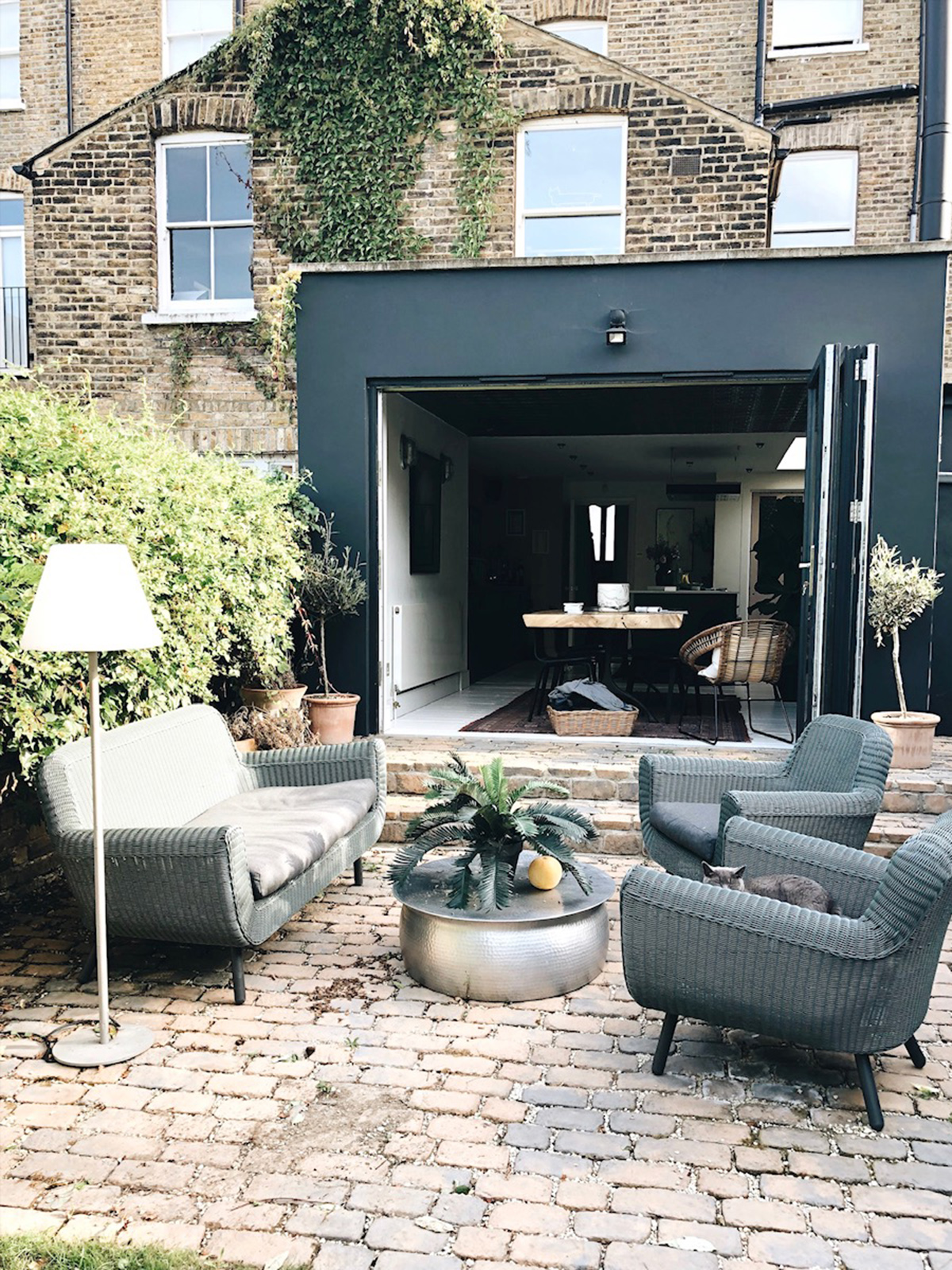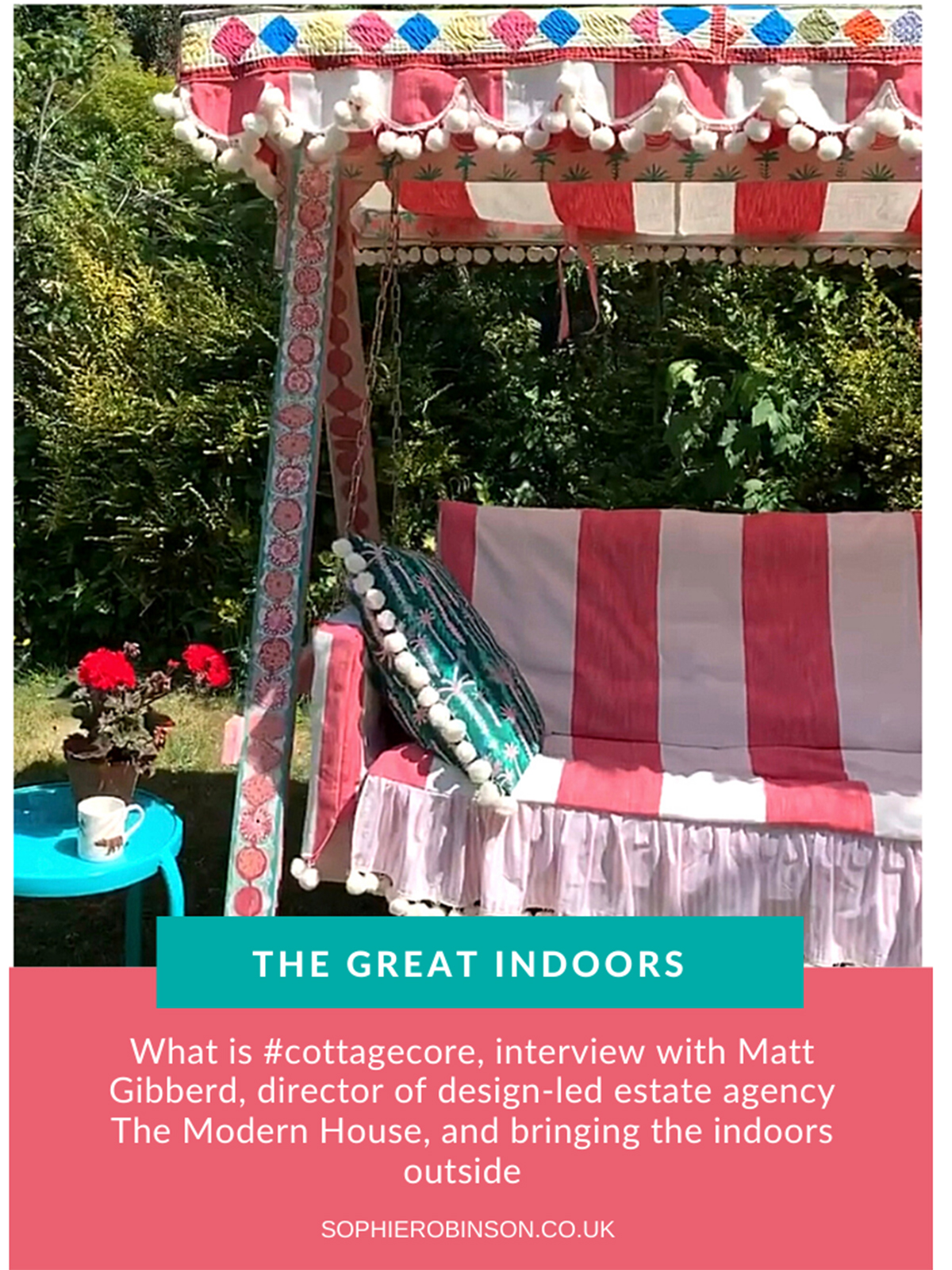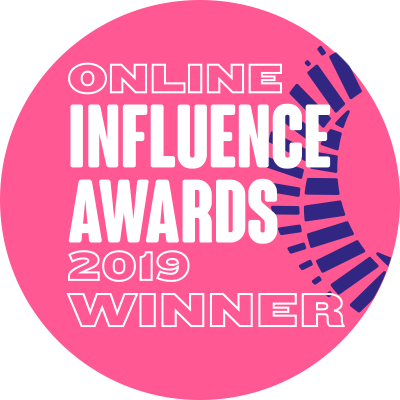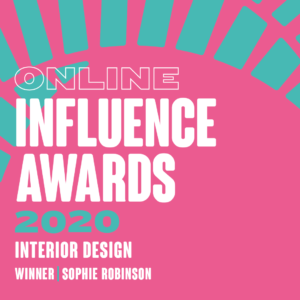Cottagecore, Matt Gibberd interview and garden updates, Podcast show notes S7 Ep6

Hello and welcome to my show notes for the last episode of the Great Indoors podcast Series 7! As always you can listen to it in full here, and don’t forget about our ever-resourceful Facebook group The Great Indoors podcast. I can’t quite believe we’re at the end of series 7 and we recorded the entire thing during lockdown, in our respective duvet dens, complete with zoon calls, remote recordings and long-distance interviews. A huge thank you to Geberit for supporting the series.
On this episode, we catch up on the last. Following on from our diversity in interiors discussion Kate reveals her joint venture with Rukmini Patel, we chat about the emotion of home and the new trend cottagecore and Kate has an interview with Matt Gibberd, founding director of design-led estate agency The Modern House and we talk about tackling the outdoors.

The open door logo signals that a brand is actively open to working with a wide diversity of people.
We were delighted to learn that the last episode was the most listened to in the history of the Great Indoors! We handed over the show to a range of voices to highlight to lack of diversity within the interiors sector and since then Kate has an update for us. She has been working with interior designer Rukmini Patel, one of the voices, to create a sticker that companies can add to their website to show their openness and willingness to support and discuss the subject. This badge will take you to view the pledge below. If you are interested in having your comapany join in with the pledge please do contact Kate or Rukmini.
The emotion of home

Finnish photographer@jerianie does #cottagecore in abundance. Spot the smock frocks on your instgram
On a recent episode of the High Low podcast, the presenters were talking about a recent trending hashtag #cottagecore that’s very popular with Millenials. It’s all about craving a rural simple life brimming with nostalgia for baking, home crafts smock dresses and crosses over to interiors too. My Instagram feed is amok with smock frocks- just think the original Laura Ashley circa 1970, and I have to admit to being influenced. It got me thinking about what it is about the way we decorate our homes and how it makes us feel. Scrolling through the #cottagecore feed
We actively made the move to leave the city to a rural part of East Sussex four years ago and I’m in full #cottagecore heaven. I’m so very grateful that I can stay connected to nature especially throughout the lockdown. This time of being at home has got us thinking about what home actually means to us and getting connected to how our homes make us feel. It, of course, means different things to different people but essentially it is a feeling – when you’re scared, unwell or upset you just want to be at home, so it is much more than just decorating. #cottagecore is all about the cosiness, comfort and nostalgia wrapped up in this hashtag which many of us can relate to. And there’s another one, #grandmacore. This is a more eccentric cottage style inspired by all things granny; think knitting, embroidered tablecloths, hand-tied posies, tea cosies, and wingback chairs.
Laura of @nofeaturewalls house is full of glorious William Morris wallpaper and pattern wall to wall – hence her Instagram handle! She has coined her style ‘Jamaican Nan Core’ which I love! She talks about how her style has been hugely influenced by her grandma Winnie. Despite her granny not having much money, that didn’t stop her from being house proud and being the talk of the street for her beautiful home. Laura has clearly been inspired and now so can we!
So it leaves the question of whether the feeling of home derives from a sense of nostalgia, your childhood home or someone who left a great impression on you?
Please do let us know what makes your house a home, or get involved with our Facebook group discussions.
Interview with Matt Gibberd from The Modern House

Before starting the design-led estate agency Matt started his career as a writer on design and architecture, but it goes back even further as he’s the grandson of the architect Sir Frederick Gibberd and is married to designer Faye Toogood so he certainly knows his design onions!
We are tentatively emerging from lockdown are we still buying and selling properties again?
“In the words of my team and head of sales – don’t stop telling me how busy everything is. I think that’s a result of a few things, firstly, there was a pent-up demand in the market anyway and secondly, I think there’s nothing like being confined to your own four walls to make you re-assess whether that home supports you well enough and what you want from life.”
As a result of the lockdown, there is talk that the work environment will change forever, with more of us working from home. Do you think that will change where we choose to live?
“There will be changes and I think everyone has acknowledged that there has to be. For most of us not being in the office has been a revelation. I was born and raised in London and it will always have a cultural appeal, but that said we are seeing a huge number of enquiries from people who want to live and work more flexibly – can they get a bit more space and bit more of a connection to the landscape if they move further out. I’ve actually just been in the midst of writing about light which is one of the key elements of a house and how it harnesses natural light. Artificial lighting is not good for health, it affects our immune system, it disrupts our sleep patterns and we spend most of our days in these floodlit offices and so we owe it to ourselves to turn things down a bit when we get home. So, my theory is if you can look into the naked filament of a bulb then its basically in the wrong place. I’m a huge fan of candlelight, it’s the healthiest and most flattering form of light – we really don’t need to light things up so much.”
“Regarding the space element, we need a variety of spaces within our houses, we can get quite hung up on building the biggest house we can but it’s not just about size. We need big rooms for socialising and for children to cavort with lots of natural light. We also need little nests, place of refuge where we can decompress and get away from the world. So I think bedrooms and bathrooms should be much smaller and have lower ceilings and when you start to think about these things you can start to identify which buildings are set up to support you better.”
You are married to clothing, furniture and interiors designer Faye Toogood do you agree on most plans, or how do you bring her round to your way of thinking?
“It would be quite easy to caricature us in a way, I would be the tank top sporting modernist and she would be much more decorative, colourful and wafty about everything. But the truth is, in interior terms, we meet right in the middle of that Venn diagram. We met at the World of Interiors in our early 20s and we had that common aesthetic grounding which was an amazing one. We both studied art history so we’ve looked at a lot of historical references over the years too. I generally entrust it to her, it’s what she does and is phenomenally good at it – so I leave her to it.”
Do you like colour and where do you stand on maximalism?
“If I look back on the houses Faye and I have lived in over the years there’s actually been a huge contrast. We did live in a little Georgian house in North London which was painted in inky blues and aubergine and was Vermeer inspired and was deliberately quite dark but gloss paint reflected the light and it felt like that’s how the house wanted to be. Then we moved to a 1960s house in Highgate which was more simple in its architecture and much lower ceilings so we felt it needed to have different shades of white to be itself. I can appreciate colour in the right context, being the so of an architect I grew up in Georgian house with white walls and that’s where I feel most comfortable. But Faye has opened my eyes to a more decorative side and it’s clear that the world is in the throws of a maximalist aesthetic.”
What would your, money no object, dream house look like or do you have a favourite piece of design that you love?
” My business partner Albert was asked this and he said he would jot down something he liked from the houses he visited over the years to one day use these ingredients for his perfect home, but he quickly released you couldn’t possibly shoehorn all these things together. I kind of feel the same way, some days I feel like retreating to a hut on a beach, other days I feel like I need the space for me and the family to spread out. So in a way, it would be a bizarre love child of a beach hut and a Georgian rectory. In terms of furnishing it, it would have to be filled with Faye’s amazing pieces of furniture. Our dining table, the Sculptor table, is one of my favourite things ever, it had car paint poured over the top with several layers of lacquer which gives it the amazing gloss finish, we can even dance on it!”
“Thinking of other all-time great pieces of furniture, the Alvar Aalto 60s stool is so simple, I think it’s a great piece of design.”
For those thinking about moving house or dreaming about the house they would like to live in, do you have any tips on where they start to find their colours and style?
“Your house or flat needs to represent you and what you’re about. The starting point has to be your own things and surround yourself with things that make you happy. We all have colour biases which I think is based on our own skin tone and colour. I look horrendous in reds, oranges and yellows so as a result, I’m not comfortable with those parts of the spectrum. Ask yourself what you personally respond to in terms of colours and think about how the space is going to be used and how the sun’s orientation will affect the colour of the room. The bedroom can afford to be darker so you can go for a dark grey or blue as it’s a night time room. The main entertaining space will benefit from being as light as possible.”
Bring the inside out
As a result of lockdown, we have all come to appreciate the outdoors so much more, whether you’re lucky enough to have a garden or even a balcony. With so many events being cancelled it seems that festival fever has been a bit of an inspiration for our own outdoor space (not Kate, however). Kate’s more about creating a living room outdoors and says that her outdoor sofa and armchairs have been the best purchases for the garden after suffering years of discomfort on various sets! She got it from Made.com a few years ago as she loved the proportions and the curves unlike many faux rattan ones on the market!
My home is Sussex is a lot more rural and rustic than Kate’s slick city dwelling. Tom is completing the treehouse this summer while I pull out all the rugs and cushions from the living room to place under the willow tree as my favourite garden hang out. Aside from the treehouse project we aren’t getting much done in the garden while we continue to focus on our interior renovations.

Now that’s what I call a shed Lucy Tiffney!
I love that so many people have even brought the decorating outdoors, check out Lucy Tiffney’s Instagram grid, she’s been painting pretty much anything she can – and with her talent why not! You could even try painting a plain boring concrete wall like @clairedequenetain below.
Another area that has grown in popularity is the outdoor rug. Take a look at Weaver Green patio rugs and Swedish company Pappelina has a wide variety of patterns and designs to choose from. They are generally made from recycled plastics and are a great addition for the outside space or conservatory and you can leave them out and they won’t fade. All in all, we’re talking about taking interior design ideas outside, lighting, bookcases, rugs, kitchens and furniture that looks like a standard sofa, essentially creating an outdoor room. That’s how we roll!
Thanks once again to Geberit for sponsoring the series, and to Kate Taylor at Feast Collective for producing the show. We are taking a mini-break but will be back on the 16th of July with a fresh new series!
















